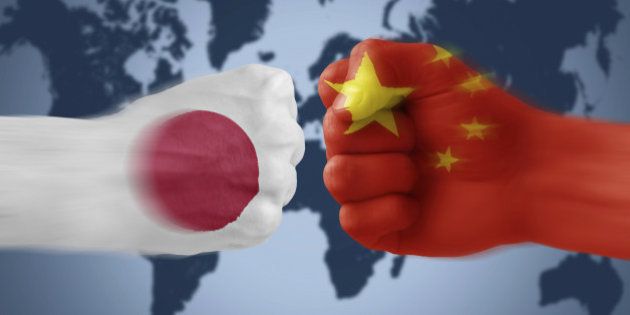중국 VS 일본 자동차 수출 업체: 장점과 단점의 비교 분석
글로벌 자동차 산업은 경쟁이 치열합니다, 중국과 일본 모두 주요 자동차 수출국으로서 중요한 역할을 하고 있습니다. 이 문서의 내용, 우리는 중국과 일본 자동차 수출을 비교할 것입니다, 국제 시장에서 각각의 장점과 단점을 강조합니다..

(이미지: 중국 vs. 일본)
장점
- 원가경쟁력(Cost-Competitiveness): 중국 자동차 수출업체 낮은 생산 비용으로 인해 경쟁력 있는 가격을 제공하는 경우가 많습니다., 노동, 및 원자재 비용. 이러한 비용 우위는 다양한 시장에서 가격에 민감한 고객을 유치할 수 있습니다.
- 큰 생산 능력: 중국의 자동차 산업은 괄목할 만한 성장을 이뤘습니다, 그 결과 광대한 생산 능력을 얻을 수 있습니다.. 이를 통해 중국 자동차 수출업체는 다양한 국제 시장의 수요를 효율적으로 충족할 수 있습니다.
- 다양한 제품 범위: 중국 자동차 수출업체는 다양한 차량을 생산합니다., 예산 친화적 인 모델부터 고급 승용차 및 전기 자동차에 이르기까지 (전기차). 이러한 다양성은 전 세계적으로 다양한 고객 세그먼트에 어필합니다.
- 기술 혁신의 성장: 최근 몇 년 동안, 중국 자동차 제조업체들은 기술 혁신에서 상당한 진전을 이루었습니다, 특히 전기 및 자율 주행 차량 개발에서. 이를 통해 그들은 자동차 산업의 미래에서 핵심적인 역할을 하게 되었습니다.
- 정부 지원 및 인센티브: 중국 정부는 신에너지 자동차의 개발 및 수출을 적극적으로 지원합니다., 다양한 인센티브 및 보조금 제공. 이러한 지원은 중국 전기차 수출업체의 경쟁력을 강화합니다.
단점
- 품질 인식: 일부 국제 시장에서는 중국 자동차의 전반적인 품질과 신뢰성에 대한 우려가 제기되고 있습니다. 신뢰를 얻기 위해, 중국 자동차 수출업체는 제품 품질을 개선하고 엄격한 품질 관리 조치를 준수하는 데 집중해야 합니다.
- 브랜드 인지도: 일본의 전통 자동차 브랜드는 전 세계적으로 높은 브랜드 인지도와 명성을 누리고 있습니다. 중국 자동차 제조업체들은 강력한 글로벌 브랜드 이미지를 구축하는 데 어려움을 겪는 경우가 많습니다.
- 지적 재산권 문제: 중국 자동차 수출업체들은 지적재산권 침해에 대한 비판과 외국 기업 보호에 대한 우려에 직면해 있다’ 합작 투자의 독점 기술.
- 판매 후 서비스: 강력한 A/S 서비스 네트워크를 구축하는 것은 고객 만족을 위해 필수적입니다. 중국 자동차 수출업체는 국제 시장에서 포괄적인 서비스 인프라를 개발하는 데 더 많은 투자를 해야 할 수도 있습니다.
- 규정 준수: 국가마다 다양한 규제 요구 사항 및 안전 표준이 있습니다. 이러한 규정을 준수하는 것은 새로운 시장에 진입하는 중국 자동차 수출업체에게 어려울 수 있습니다.
결론
중국과 일본 자동차 수출업체 모두 세계 자동차 시장에서 고유한 장점과 도전 과제를 가지고 있습니다. 중국 수출업체는 비용 경쟁력의 이점을 얻습니다., 큰 생산 능력, 및 다양한 제품 범위.
그렇지만, 그들은 품질 인식을 다루어야 합니다, 브랜드 인지도, 글로벌 경쟁력을 강화하기 위한 애프터 서비스 문제.
다른 한편으로는, 일본 수출업체는 품질과 혁신으로 높은 명성을 누리고 있지만 중국 경쟁업체의 가격 압박에 대응해야 할 수도 있습니다.
결국, 지속적인 개선, 혁신, 그리고 전략 계획은 국제 무대에서 중국과 일본 자동차 수출업체의 성공을 결정할 것입니다.

 중국의 자동차
중국의 자동차